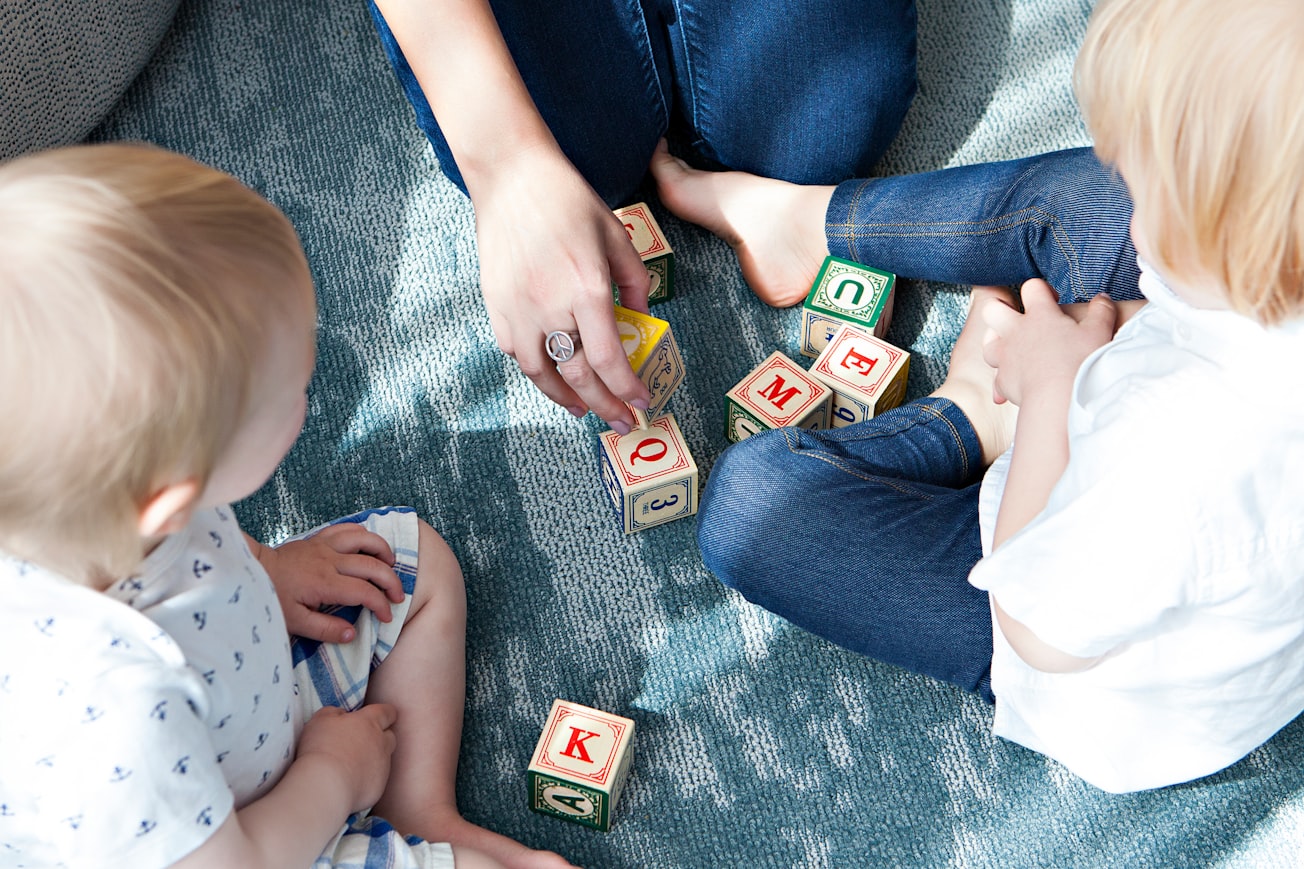What is it about?
Autism Spectrum Disorder (ASD) is linked to difficulties in social attention. In this sense, it has been observed that some young children with ASD present a gaze bias to non-social objects instead of faces; if this bias was confirmed, it could be an early marker of ASD. On the other hand, this bias may be related to all non-social objects or be specific for the circumscribed interests that are characteristics of people with this disorder. We developed this study in order to explore potential atypicalities in visual attention to social images and to test the role of competing objects in children with ASD. To do so, we compared the way in which children with and without ASD observed social and non-social images. We included two groups of 18 children aged between 41–73 months and we paid attention to the effect of emotions in social stimuli as well as the type of competing objects in non-social ones. We used eye-tracking technology to record the different types of scanning that children of each group displayed, and we found some similarities and differences between-groups. First of all, both children with and without ASD looked earlier and longer at faces when they competed with objects non-related to their circumscribed interests; however, children with ASD looked at faces significantly less than their peers, they also showed a later orientation to angry faces, and the effect of objects related to their circumscribed interests was more powerful. From these results, we can say that these kinds of studies show differences in social attention between children with and without ASD from early ages.
Featured Image

Photo by Marisa Howenstine on Unsplash
Why is it important?
Research in this area has demostrated its potential to contribute importantly to the knowledge on early markers of this disorder, which will improve early diagnosis. From this perspective, identifying strengths and difficulties in social attention in this population since such an early age may have great impact on early diagnosis and intervention, and ultimately better prognosis.
Read the Original
This page is a summary of: Visual preference for social vs. non-social images in young children with autism spectrum disorders. An eye tracking study, PLoS ONE, June 2021, PLOS,
DOI: 10.1371/journal.pone.0252795.
You can read the full text:
Contributors
The following have contributed to this page










